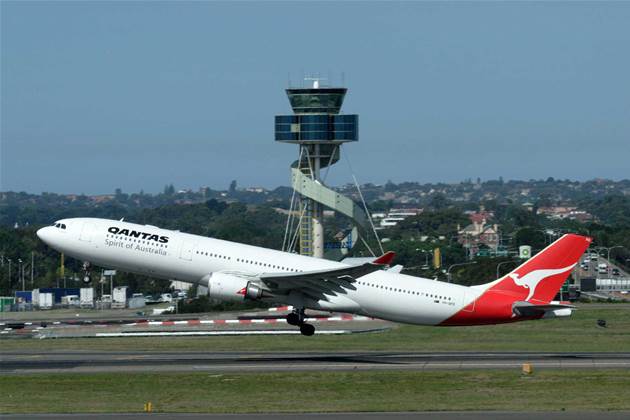
However, regulatory changes to the Mobile Phone Jammer Prohibition notice are required to pave the way for deployment.
“ACMA is proposing… to permit the use of picocell technology used by in-flight mobile phone systems,” the authority said in a statement.
“Trials of the technology that have been conducted over the past 18 months have been assessed as highly successful by the companies providing the service and did not result in any interference complaints to ACMA.”
Qantas conducted a high-profile trial of the AeroMobile technology on a domestic Boeing 767-300 aircraft from April 2007 to January of this year.
The trial was made possible by ACMA, which approved ‘the use of a picocell system in connection with trialling in-flight GSM services’.
AeroMobile claimed that an ‘overwhelming majority’ of passengers involved in the evaluation indicated they wanted access to in-flight connectivity on an ongoing basis.
Qantas has since signed an agreement with AeroMobile extending the technology to a more ‘full service’ arrangement – subject to more permanent legislative and regulatory approval from the Civil Aviation Safety Authority (CASA), ACMA and other agencies.
The technology would initially be installed on ‘a number’ of domestic B767-300 and A330-200 aircraft operating on varied routes throughout Australia and to New Zealand.
The rollout will take place ‘over the coming months’, AeroMobile has said.
The technology is also being incorporated into the new Boeing 777 aircraft ordered by V Australia.
Equipped planes will ply lucrative U.S. routes, but launch dates have been pushed back to late February 2009 due to ongoing strikes at Boeing.



.png&h=140&w=231&c=1&s=0)
_(20).jpg&h=140&w=231&c=1&s=0)






 iTnews Executive Retreat - Security Leaders Edition
iTnews Executive Retreat - Security Leaders Edition












_(1).jpg&h=140&w=231&c=1&s=0)



